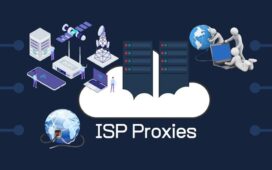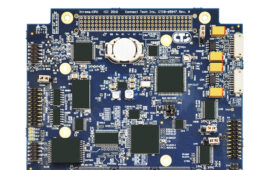The global cost of dealing with fast-growing cybercrime activities is alarming. Managed services providers should ensure to provide their clients with unique network security. However, cyberattackers and hackers don’t seem to give up, and that’s why network security tools should always be effective. The components of network security include cloud devices, software, and hardware. Various types of network security tools are combined to achieve the best network security systems. Some network security tools include;
Antivirus and Anti-malware software
Cyberattackers using malware can invade data in various ways. Files can be deleted, or data can be corrupted fast. Other times, it can remain inactive until the hacker completely gets into the intended system. Using antivirus software monitors malware activities and other suspicious behaviors. It also comes up with threats that can scare away any cyber attackers.
Access Control
When several users have access to a network, it needs control. They shouldn’t access the sensitive sections that are only accessed by recognized users. When security policies are used, regardless of a certain network’s users, they can’t access the restricted devices or sections.
Behavioral Analytics
Security support personnel can establish the clients’ users’ normal behavior to identify any abnormal behavior. They use behavioral analytics software that helps them know when a security breach has occurred. Because managed services providers have established a baseline on the normal customer’s behavior, it’s easy to isolate threats.
Application Security
Using application security involves combining software, hardware, and unique practices to monitor problems and prevent hackers from accessing sensitive information and data. Hackers target any networking environment with devices and software products. Organizations, where programs are always updated and patched prevents cyberattackers from accessing essential data.
Distributed Denial of Service Prevention (DDoS)
Nowadays, distributed denial of service prevention has become common. They crash a network by overloading it with a one-sided connection request. When nonlegitimate traffic reaches the firewall, it becomes a threat. A hardware appliance can be used to scrub all incoming traffic and protect the firewall.
Data Loss Prevention
Every employee can’t be trusted. Data loss prevention (DLP) is a technology that prevents untrustworthy employees from sharing a company’s sensitive information. When important data is exposed to unauthorized persons, it is a threat to the organization. DLP technologies ensure that workers inside the organization can’t download files, print, or forward messages to those outside the networking environment.
Firewall
This network security model stands between a wider internet and any network. Firewalls ensure that unwanted persons can’t access either incoming or outgoing traffic. They compare data packets against the set rules so that no threat can access the network. Because it acts as the gatekeeper, unwanted traffic can’t get in or out. When firewalls are active, organizations are at peace of mind because their data is safe.
Network security San Antionio is essential as cyberattack crimes have become rampant. Managed services providers should ensure to provide the best network security tools to either small or large organizations. The above network security devices and tools are essential because important information and data can’t reach unauthorized personnel.







